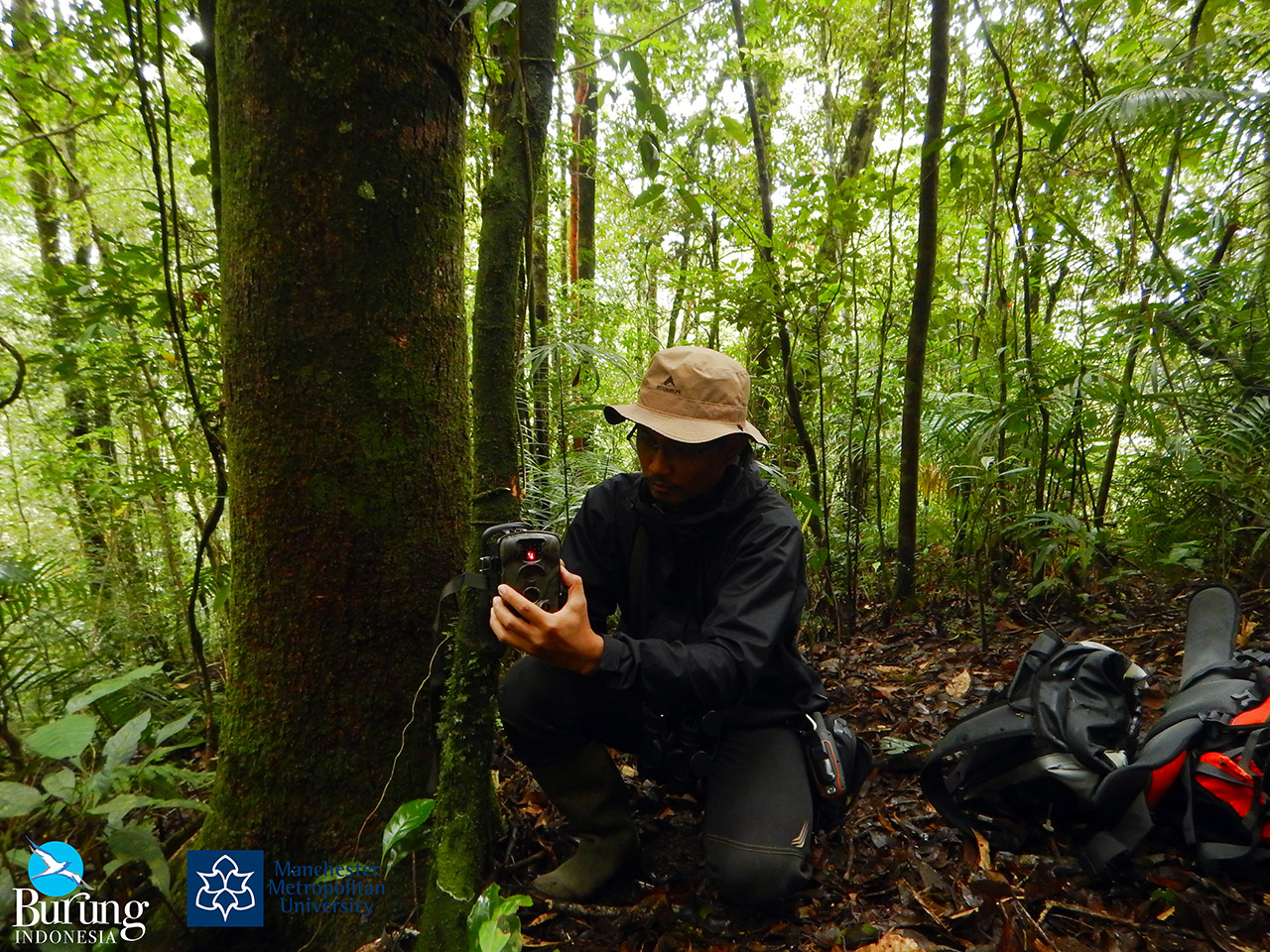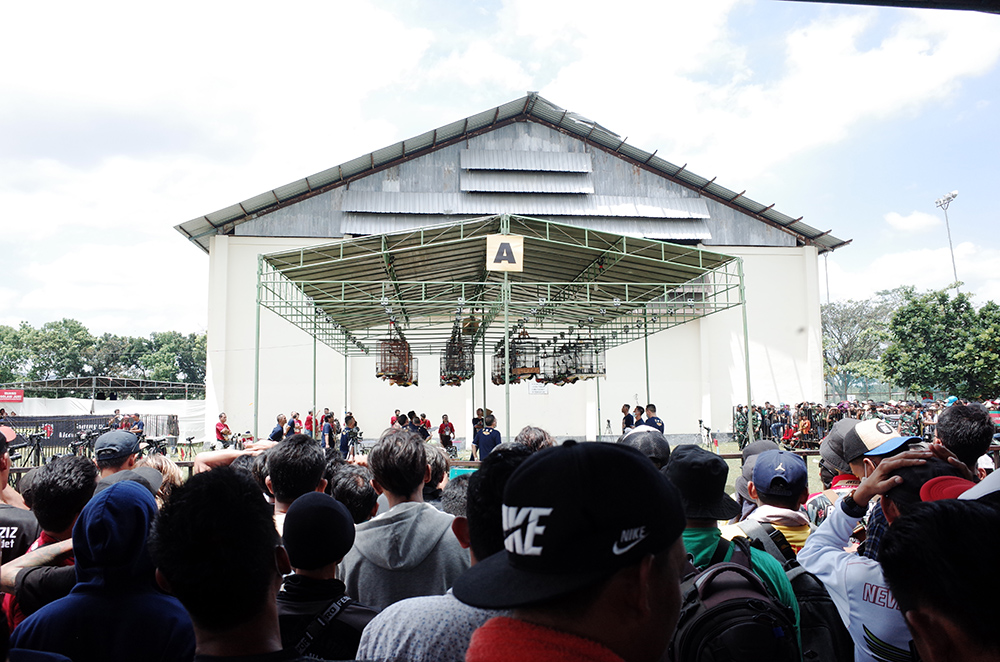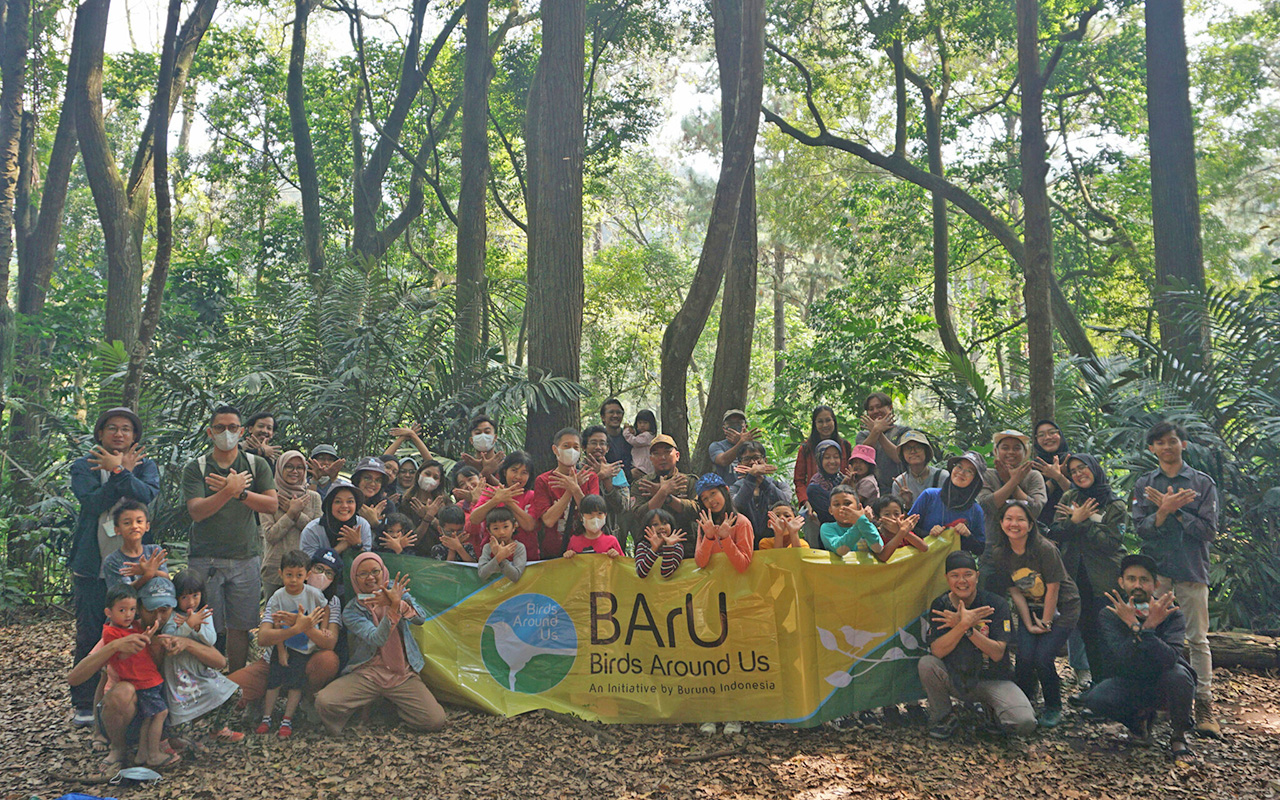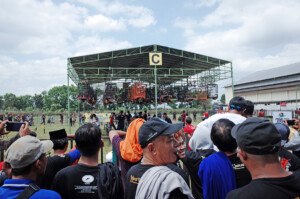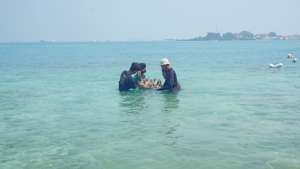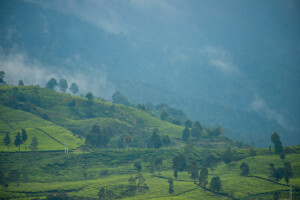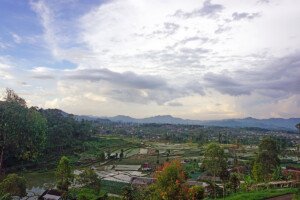Program Jawa
Description
Java Island with an area of about 128,297 km2, has many volcanoes because geographically it is part of the Sunda Volcanic Arc. Of the 38 mountains scattered along the island, 20 of them are in Burung Indonesia's working area: western Java. This volcanic activity creates lava flows, deposits of ash and nutrient-rich lava, which directly impact soil fertility and are important in the formation of the Western Rainforest Ecological Region.
The natural forest in the lowlands of West Java includes several forest subtypes: tropical rain forest, monsoon forest, swamp forest and mangrove forest. The western part of Java is wetter than the eastern part of the island and its forests are richer in species, many of which are endemic. Based on 2019 BPS data, the forest area in West Java is 7768.3 km2, including protected forest covering an area of 1701.4 km2 and conservation forest covering an area of 2259.36 km2.
From a survey conducted by Burung Indonesia in nine mountains (Mount Slamet, Cikuray, Limbung, Kencana, Wayang-Windu, Malabar, Patuha, and Masigit) and one conservation area (Gunung Tilu Nature Reserve) there were 222 bird species, 35 species mammals, and 45 species of herpetofauna inhabit the mountainous forests of western Java. This means that 80% of endemic birds, 86% of birds with limited distribution, 20% of endemic mammals, and 42% of herpetofauna endemic to Java were found at the survey site. Many of these species, such as the Javan Gibbon, Leopard dan Javan Hawk-eagle, are categorized by the IUCN as threatened due to rapid habitat loss and human exploitation. Two endemic bird species, the Javan Green Magpie and Rufous-fronted Laughingthrush, are classified as Critically Endangered due to intense pressure from trapping for the live bird trade.
Communities living around the edges of forest areas in Java benefit from forests, legally or illegally. They depend on forests for a constant supply of water and for the prevention of floods and landslides, and they have a vital role in forest conservation.
With the presence of no less than 25 rivers, western Java is an ideal area for the cultivation of various agricultural crops. Rice fields in Java are one of the most fertile in the world, with production reaching 9.1 million tons in 2021 in West Java Province. Other cultivated varieties include cloves, sugar cane, coconut, cocoa, tea and coffee. Farmers and ranchers, especially cows and chickens, are the dominant livelihoods for the community, followed by the production of fresh milk. Potential natural resource for the mining sector includes limestone, marble, gold, silver, sulfur, iron ore and coal.
Another sector being developed is fisheries, where the catch at sea reaches 234,000 tons and in land waters by 16 thousand tons in 2020. Pangandaran Beach recorded the highest number of visits, namely 3.6 million tourists in 2021. The significant difference in the number of tourists shows that tourism potential in other areas is still open for development. Another natural potential is the use of geothermal energy which has been developed in four conservation areas, namely Mount Halimun Salak National Park, Kamojang Nature Reserve, Kamojang Crater Nature Park and Papandayan Nature Reserve.
-
Bentang alam Gunung Patuha memiliki hutan pegunungan dengan nilai keanekaragaman hayati yang tinggi. Sebanyak 124 spesies burung dan 14 spesies mamalia mendiami kawasan ini. Bentang alam Gunung Patuha juga menjadi habitat bagi burung dan mamalia endemis Pulau Jawa bagian barat. Survei Burung Indonesia pada tahun 2019 mencatat ada 30 spesies burung dan satu spesies mamalia endemis.
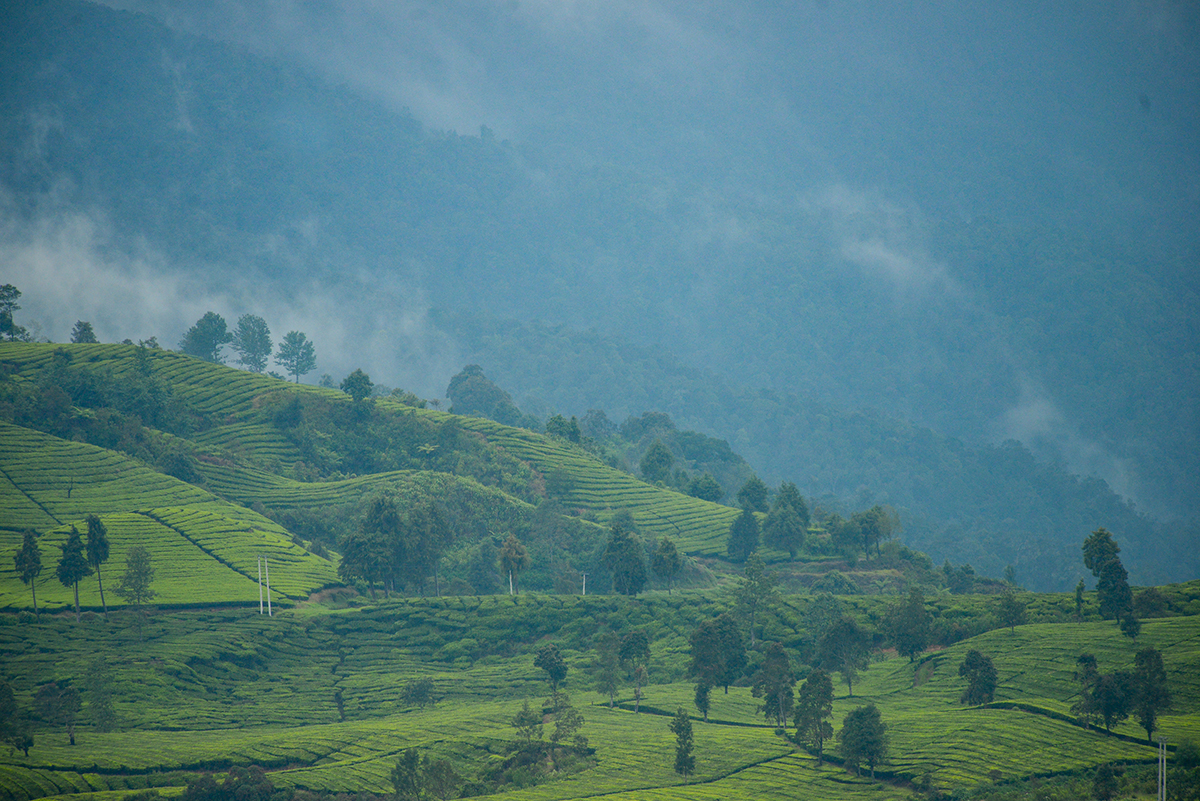
-
Keberadaan plastik yang berukuran sangat kecil atau yang biasa disebut dengan mikroplastik menjadi ancaman bagi manusia, hewan, dan juga lingkungan. Melalui program MicroSEAP; Burung Indonesia, Divers Clean Action, dan Badan Riset dan Inovasi Nasional (BRIN) melakukan riset tentang penyebaran dan dampak mikroplastik yang ada di kawasan Teluk Jakarta.




